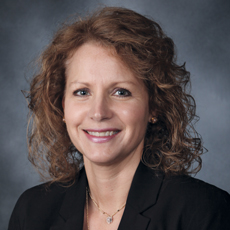
Coordinating completion of the MDS, section GG items, is challenging in nursing facilities! Section GG assessment may seem black-and-white, but it’s complex. It’s unlikely that the 25 self-care and mobility items would be completed by one clinician. A clinically sound process includes nursing, occupational therapy, physical therapy, residents and families.
Think of it this way: Some of the items will be assessed by PT, like ambulation and locomotion, while some will be coordinated by OT, like upper-body dressing. Nursing might determine eating skills and goals, since PT and OT aren’t focused on those.
The manual instructs providers to establish a baseline for a resident’s skill in a particular action before therapeutic interventions are initiated. It also says to code each item based on the resident’s “usual performance” over three days. So, which is it? Well, both.
Some of the items, such as automobile transfer, may be performed once on admission, before any treatment modalities begin. Think ahead — how is the resident planning to go home? The car transfer could be a vital part of the assessment information. Others, such as eating, can be observed over the full three-day assessment window. Performance may vary, so don’t code the resident’s best or worse performance; code the “usual performance” over three days.
Section GG also assesses the goals for improvement, decline or maintaining the current condition. Determining these goals with the resident is essential to successful outcomes.
Using an organized, methodical, collaborative team approach is essential for strong QMs and financial success.
From the November 2018 Issue of McKnight's Long-Term Care News




